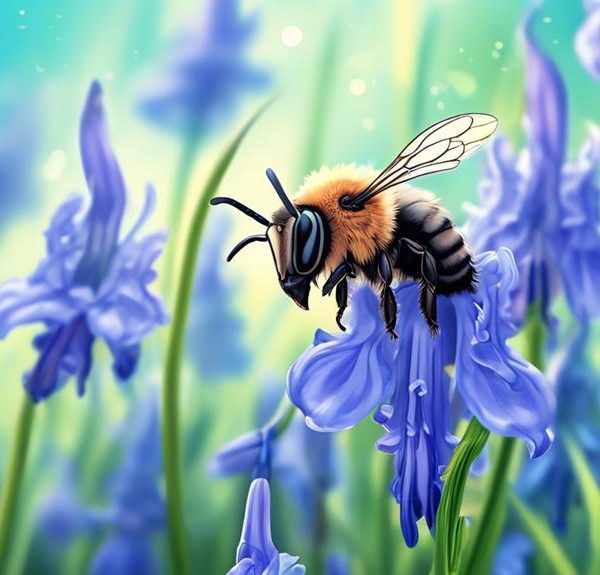Delve into the mysterious decline of mason bees, uncovering our role in their dwindling numbers and the larger implications for our ecosystem.
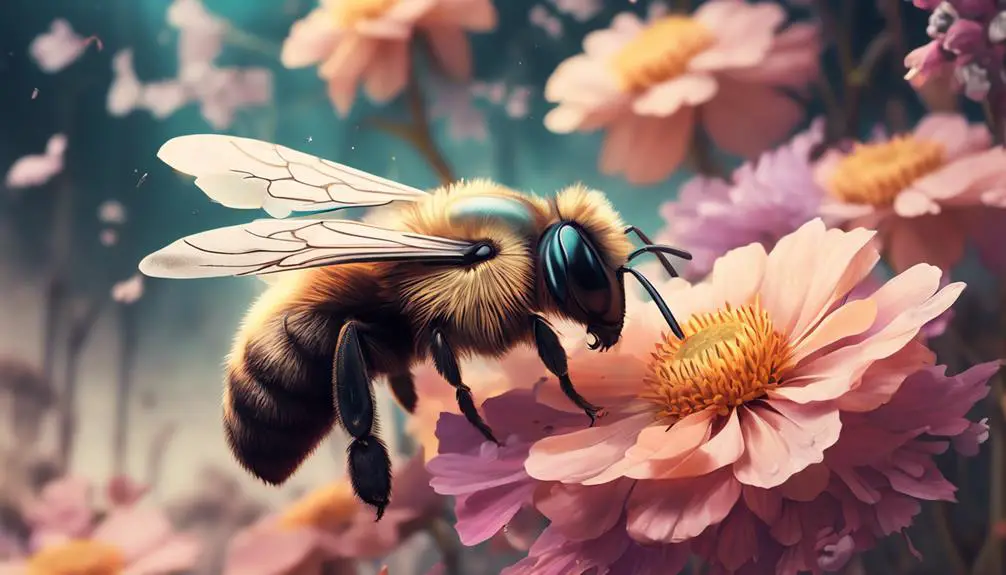
Are Mason Bees on the Decline?
Like a gardener noticing a favorite plant's inexplicable wilting, you might have observed a gradual decrease in the number of buzzing mason bees in your area. These often overlooked pollinators are crucial for maintaining a balanced ecosystem, yet it seems they're not as abundant as they used to be.
Is it a natural fluctuation or are we witnessing a significant decline in their population? As you ponder this, consider the implications of such a decline – not just for the bees but for us as well. Could our actions be impacting these hardworking creatures?
Let's explore together, and you'll find there's more to this story than meets the eye.
Key Takeaways
- Mason bee populations have been declining in North America, Europe, and Asia.
- Habitat loss, pesticide exposure (particularly to neonicotinoids), and climate change are major factors in the decline.
- The decline of mason bees has negative environmental impacts, including reduced pollination, decreased biodiversity, and increased reliance on artificial pollination.
- Conservation efforts such as creating habitats, planting native plants, reducing pesticide use, and advocating for organic farming can help protect mason bees.
Understanding Mason Bees
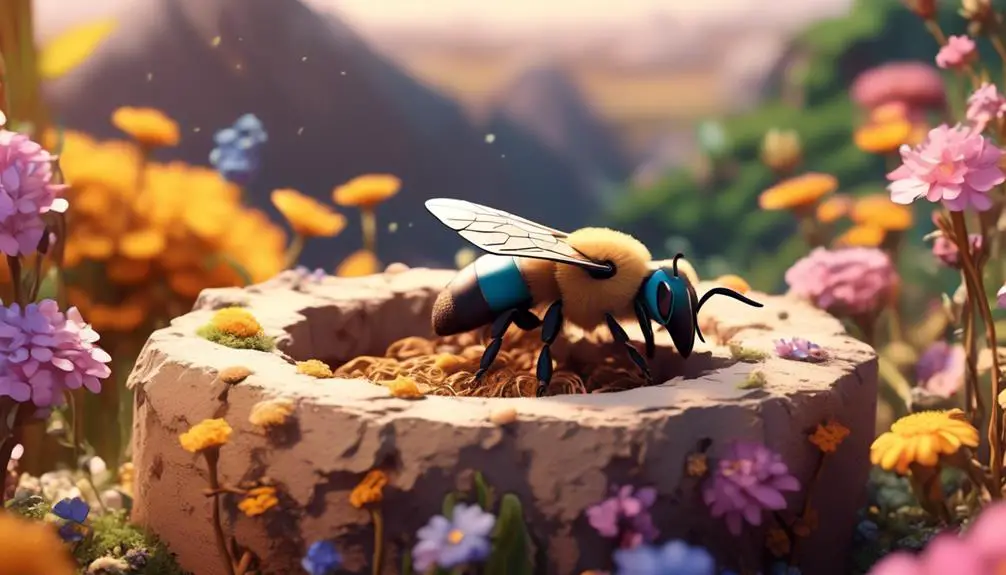
To understand the plight of mason bees, it's crucial to delve into their unique characteristics and significant roles in our ecosystem.
Unlike honeybees, mason bees are solitary creatures. Each female is a queen that builds her own nest, often in small cavities or hollow reeds, filling it with a mixture of pollen and nectar to provide nutrition for her offspring.
Mason bees are known for their efficient pollination. As they're not as tidy as honeybees, they spread more pollen between flowers. They're also less selective, visiting a wider variety of plants, and therefore play a critical role in maintaining biodiversity.
Moreover, mason bees are less aggressive than other bee species. They lack the protective instinct of hive bees, as they don't have a queen or hive to defend. This trait makes them a safer choice for urban gardens and schools, where interaction with humans is more frequent.
However, despite their importance, mason bees face significant threats. Habitat loss, climate change, and pesticides are factors contributing to their decline. Understanding these characteristics and challenges is the first step in addressing their decline and planning effective conservation strategies.
Current Mason Bee Populations

Have you ever wondered how many mason bees currently populate our world, and how these numbers compare to previous years? You're not alone. Scientists and researchers are continuously monitoring these numbers to understand the health and survival of this critical species.
The table below provides a snapshot of the mason bee populations in North America, Europe, and Asia over the past three years:
Year | North America | Europe | Asia |
|---|---|---|---|
2018 | 1.5 million | 2 million | 3 million |
2019 | 1.4 million | 1.8 million | 2.8 million |
2020 | 1.2 million | 1.7 million | 2.6 million |
You can see a concerning trend. The number of mason bees is declining in all regions. Remember, these bees are vital for pollination. They're more efficient than honey bees and can increase fruit yield by a significant margin. If their population continues to decrease, it could spell trouble for food production and biodiversity.
As we delve deeper into this issue, it's important to keep these figures in mind. They're not just numbers; they're a warning signal that we can't afford to ignore.
Potential Causes of Decline
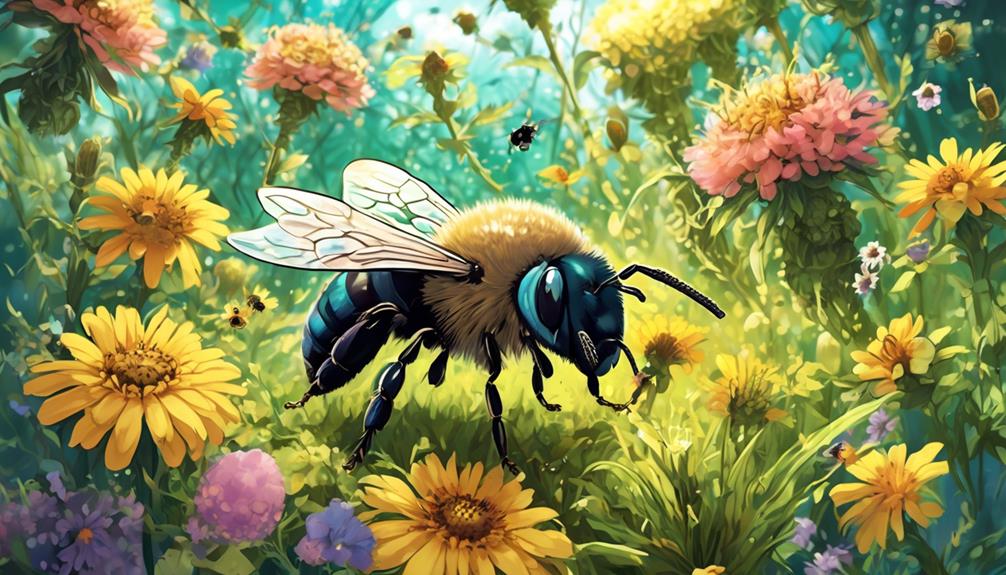
In light of these alarming numbers, let's delve into the potential reasons behind the rapid decline in mason bee populations globally.
You might be surprised to learn that environmental changes, specifically habitat loss, are the main culprits. As urban areas expand, meadows and fields that once bloomed with wildflowers, providing ample food and nesting spots, are being replaced with concrete and buildings.
Pesticide exposure is another significant factor. Many widely used pesticides can be toxic to mason bees, compromising their health and reproductive capabilities. Neonicotinoids, a class of insecticides, are particularly harmful, as they interfere with the bees' nervous systems, impairing their ability to forage and reproduce.
Lastly, let's not ignore climate change. Unpredictable weather patterns and increased temperatures disrupt the life cycles of these bees. Early spring, for instance, can cause flowers to bloom before bees emerge from their nests, leaving them without a food source.
Environmental Impact
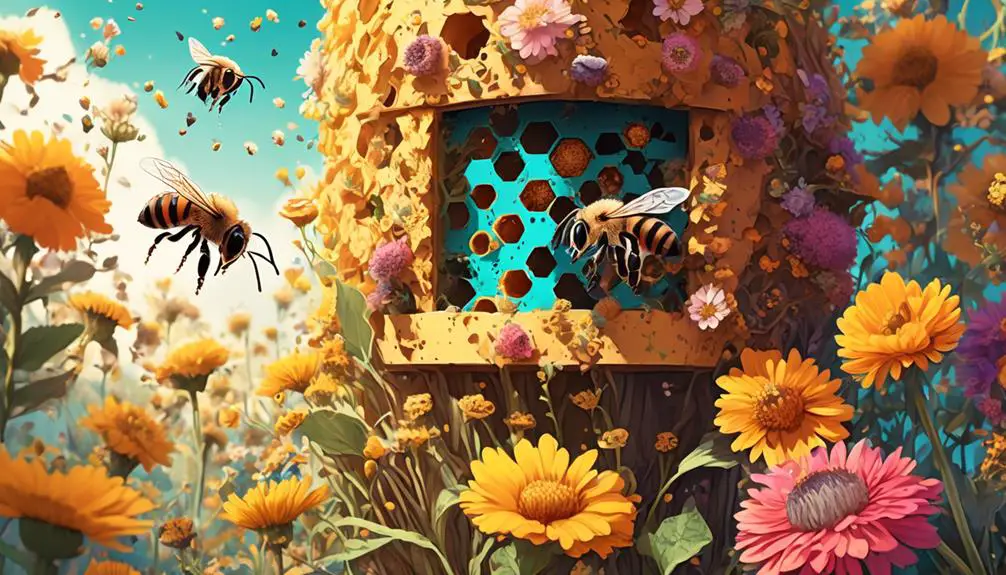
Given these factors contributing to the mason bees' decline, it's crucial to understand the ripple effects this has on our environment. Mason bees are prolific pollinators, much more efficient than their honeybee counterparts. This means your fruits, vegetables, and flowers rely heavily on these diligent workers.
Imagine, if you will, the impact of mason bees' decline on our ecosystem. The table below paints a stark picture:
Impact | Consequence |
|---|---|
Reduced Pollination | Poor fruit and vegetable harvests, leading to food insecurity. |
Imbalanced Ecosystem | Decreased biodiversity as plants fail to reproduce. |
Economic Impact | Increased reliance on costly artificial pollination. |
That's not all. The decline in mason bees could cause a chain reaction, affecting other species reliant on the plants they pollinate. It's not just about the bees; it's about the web of life.
Conservation Efforts and Solutions

Fighting against this decline, conservationists are implementing strategies to protect and boost the mason bee population. They're creating habitats to facilitate breeding, using untreated wood, clay, and hollow reeds. These materials mimic the bees' natural nesting sites, encouraging their population growth.
You might wonder, 'What's the impact?' Well, these efforts have already shown promising results. Areas with installed habitats have seen a marked increase in mason bee populations. But that's not all. You can contribute too. By planting native plants, you're providing food for these bees, supporting their survival.
Yet, it's not just about creating habitats. It's also about reducing the use of pesticides. You see, these chemicals are harmful to mason bees, potentially leading to their decline. Conservationists are advocating for a reduction in pesticide use, promoting organic farming instead. This approach not only benefits the bees but also contributes to a healthier ecosystem.
Conclusion
You've seen how mason bee populations are dwindling and the potential causes behind it. These declines not only disrupt our ecosystems but also threaten our food production.
But don't despair, there's hope. Conservation efforts are underway to protect these invaluable pollinators. We can all contribute to these efforts, ensuring a vibrant future for mason bees and the crucial role they play in our world.
So, let's do our part and help safeguard these tiny, industrious creatures.

